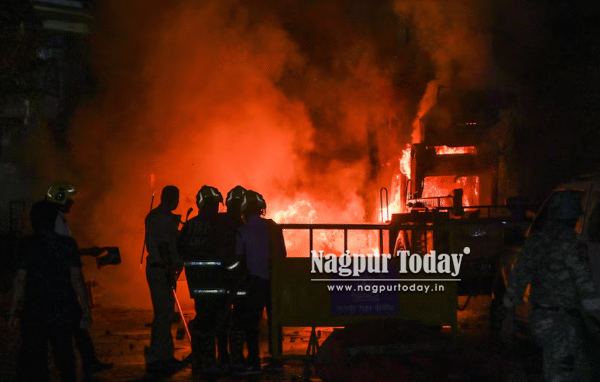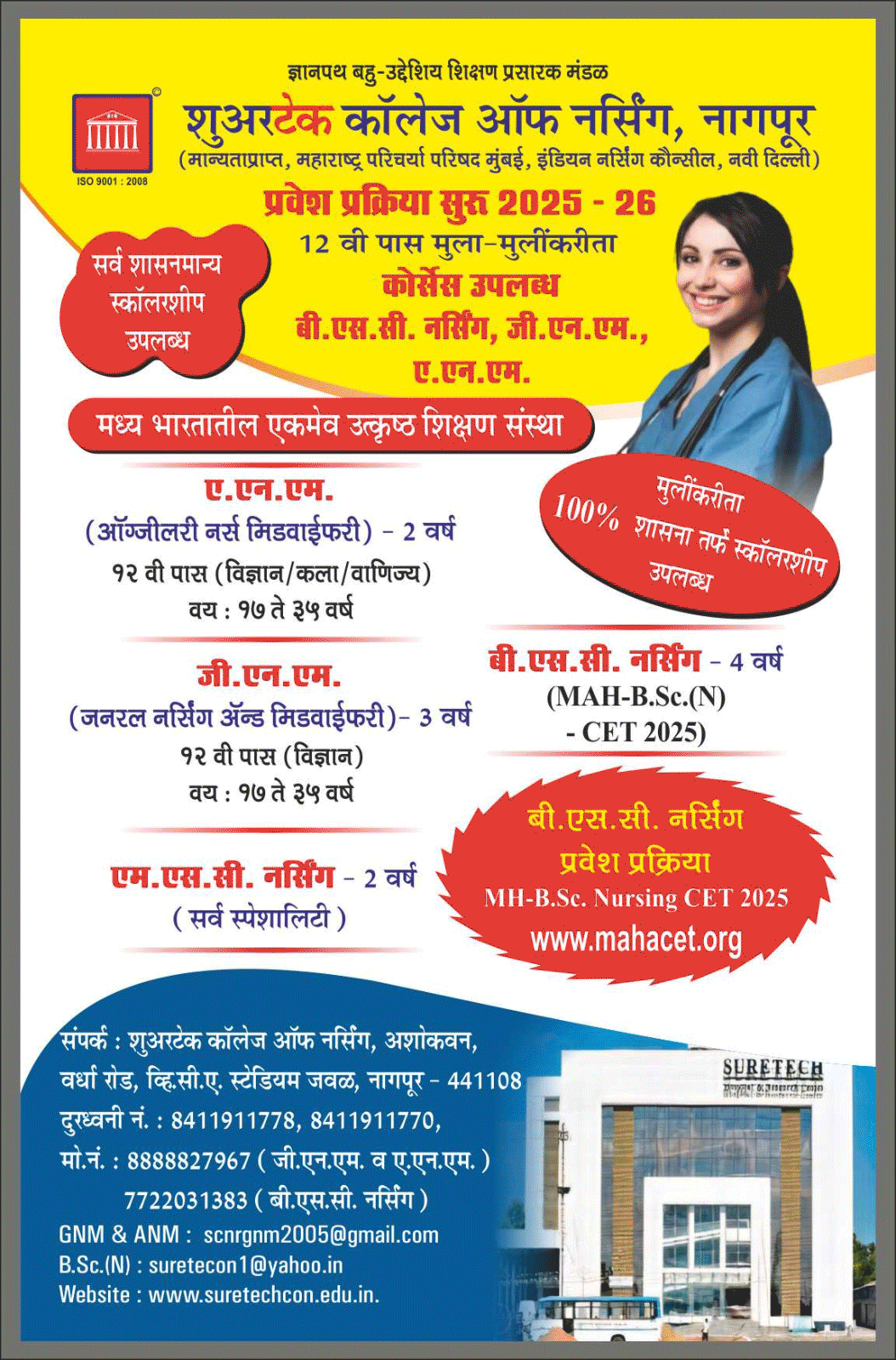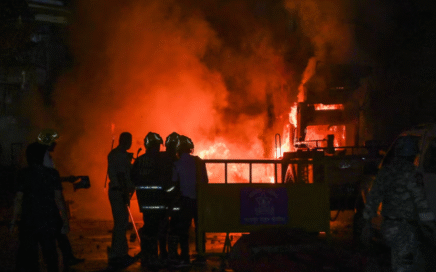
The violence erupted on March 17 following protests by right-wing groups over the presence of Mughal emperor Aurangzeb’s tomb in the city. Demonstrators reportedly burned a symbolic grave and green cloth, which some claimed resembled a religious offering. Soon after, violent clashes broke out, resulting in widespread stone-pelting, arson, and vandalism across the Mahal and Chitnis Park areas. Several vehicles, shops, and homes were set ablaze.
Over 60 people were arrested, and more than 30 police personnel were injured in the ensuing unrest. The prime accused, Feham Khan, is currently facing charges including sedition.
Violence Was Orchestrated, Not Spontaneous
The Indian Thought Forum, which constituted a special fact-finding committee soon after the incident, has now concluded that the violence was not accidental but “deliberately provoked.” The report states that misinformation was strategically spread within certain groups, especially in the Muslim community, to trigger unrest.
The committee interviewed around 40 Hindu victims and 20–22 Muslim residents from the affected localities. Most Muslim respondents reportedly agreed to speak only on the condition of anonymity.
“The burning of the symbolic tomb and the green cloth were only immediate triggers. The real causes lie deeper, in the communal misinformation and rising mistrust spread over time,” the report said. It further claimed that violence was used as a tool to “target the Hindu community, challenge the rule of law, and spread fear among both police forces and civilians.”
Concerning Pattern of Fear Tactics
According to the committee’s findings, mobs deliberately targeted homes where women were alone, pelted stones, and attempted to force entry. Religious slogans were allegedly used to instill fear, and the entire operation appeared to be coordinated with a broader intent to destabilize the area.
“The goal was to paralyze law enforcement and terrorize specific neighborhoods. The pattern of attacks reveals a systematic effort rather than a spontaneous communal flare-up,” the report added.
Community Recommendations Included
While analyzing the causes of the violence, the committee also recorded community suggestions on how to prevent such incidents in the future. Both Hindu and Muslim residents reportedly called for improved communication, increased police vigilance during sensitive events, and early intervention to dispel rumors.
The report also emphasized the need for civic education and stronger community policing to curb the spread of communal hatred.
Political and Administrative Reactions
Maharashtra Deputy CM Devendra Fadnavis had earlier referred to the Nagpur unrest as a “well-planned attack,” echoing similar concerns raised in the report. He had ordered strict action against the perpetrators and directed police to identify the broader network behind the violence.
The city administration had enforced curfew-like restrictions and imposed Section 144 in affected areas for several days following the incident to restore law and order.
Quick Facts on Nagpur Violence – March 2025
- Date of incident: March 17, 2025
- Location: Mahal & Chitnis Park, Nagpur
- Trigger: Protest over Aurangzeb tomb and symbolic burning
- Damage: 100+ vehicles vandalized, several homes and shops torched
- Arrests: 60+ individuals detained; Feham Khan charged with sedition
- Police injuries: 30+ personnel injured
- Committee findings: Violence was planned, triggered by misinformation
















